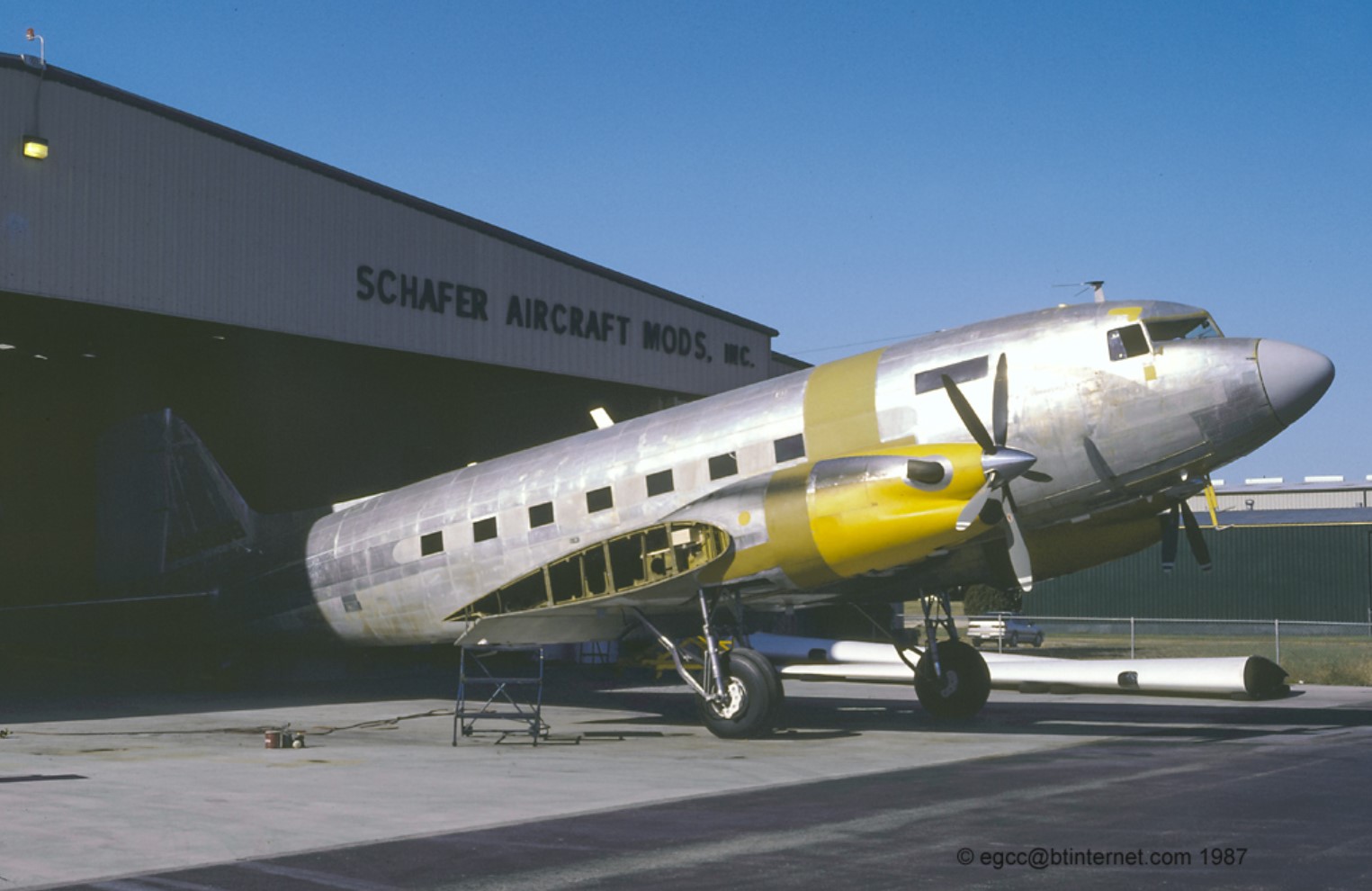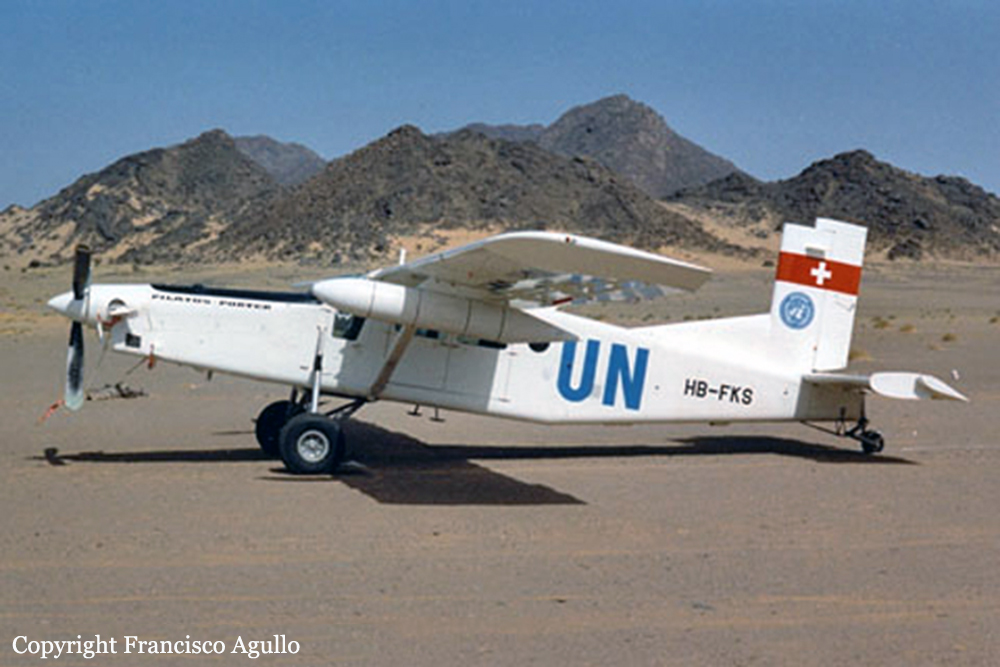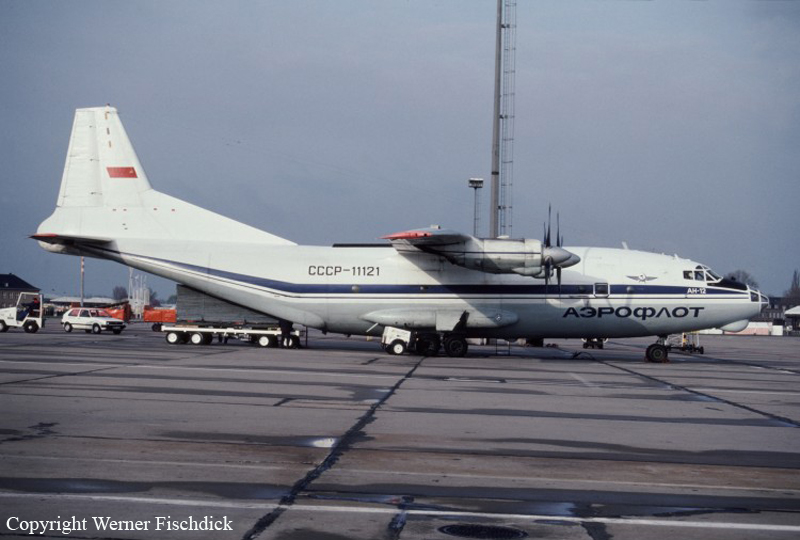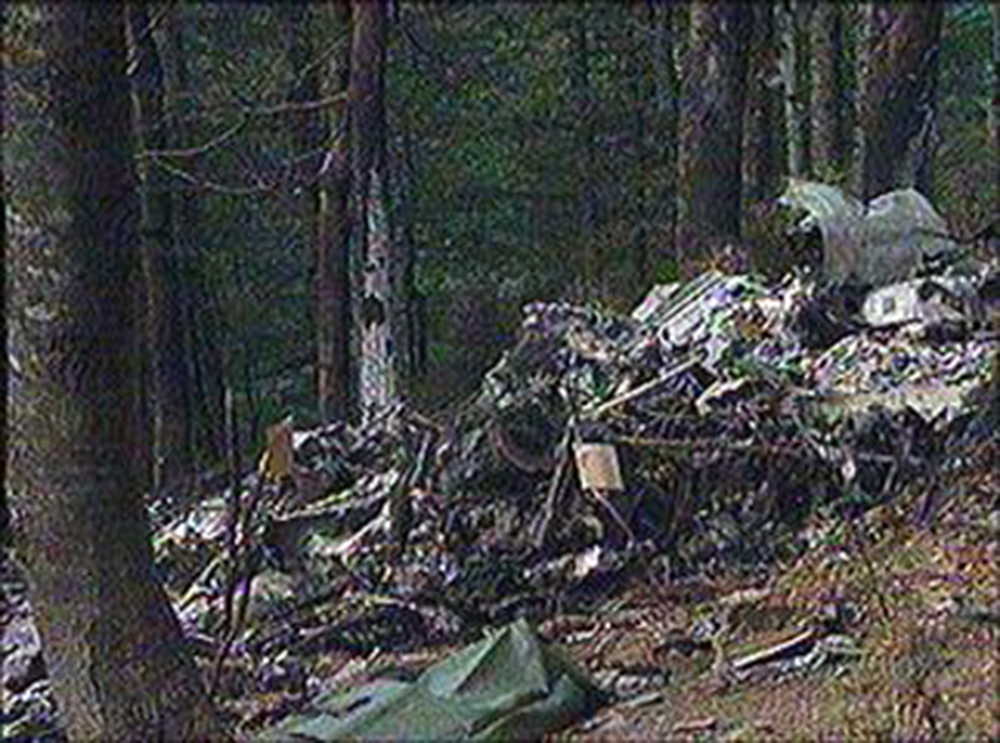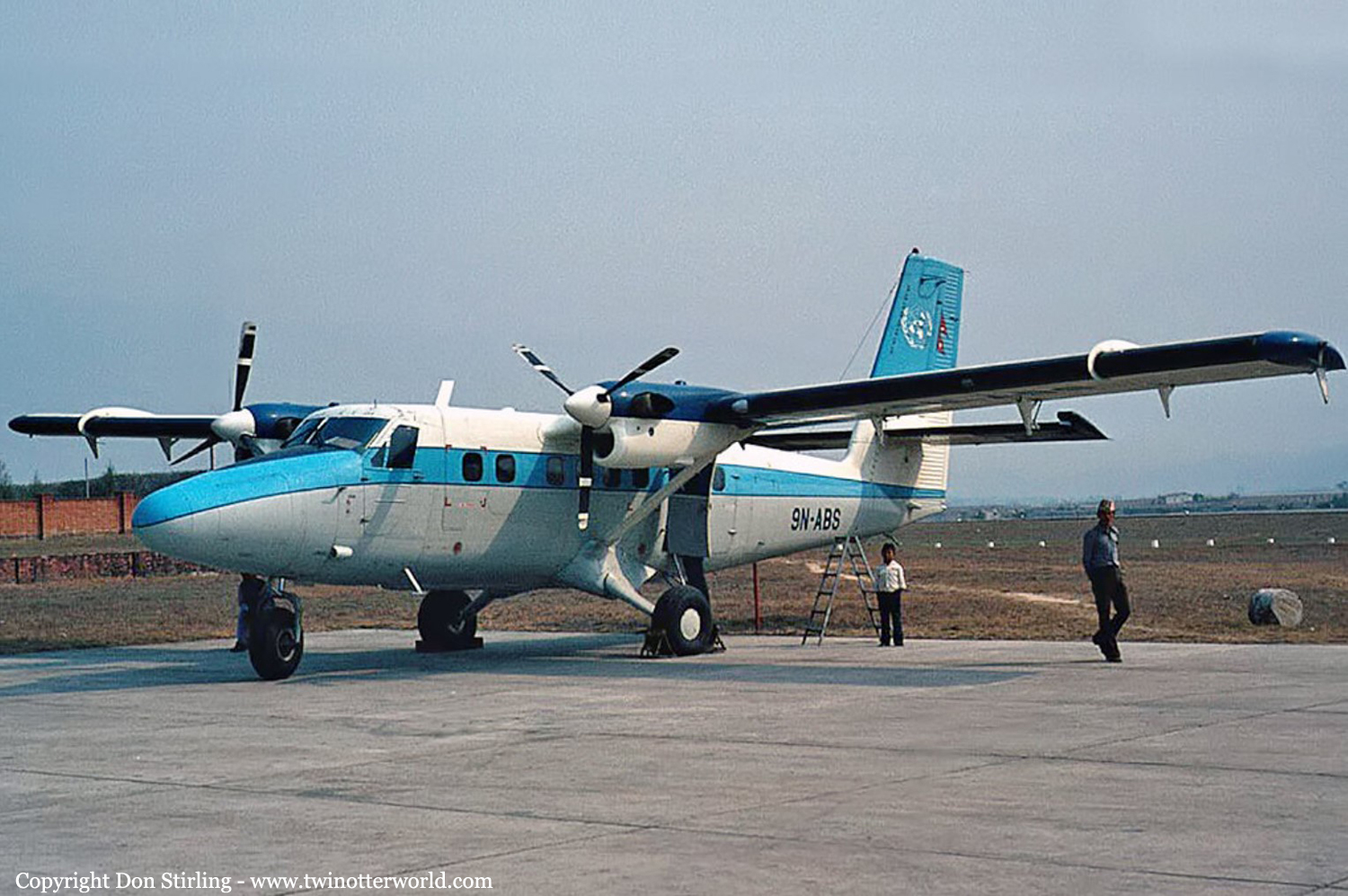Crash of a Douglas C-47A-65-DL in Chemba: 2 killed
Date & Time:
Nov 22, 1993
Registration:
C9-STE
Survivors:
Yes
Schedule:
Matarara - Chemba
MSN:
19006
YOM:
1943
Crew on board:
3
Crew fatalities:
Pax on board:
0
Pax fatalities:
Other fatalities:
Total fatalities:
2
Circumstances:
The aircraft was completing a humanitarian flight to Chemba, carrying three crew members foodstuffs. On final approach, at a height of about 500 feet, the left engine lost power. The aircraft rolled to the left then stalled and crashed on the top of a hill. A pilot was seriously injured while both other occupants were killed.
Probable cause:
Loss of engine power on short final for unknown reasons.

